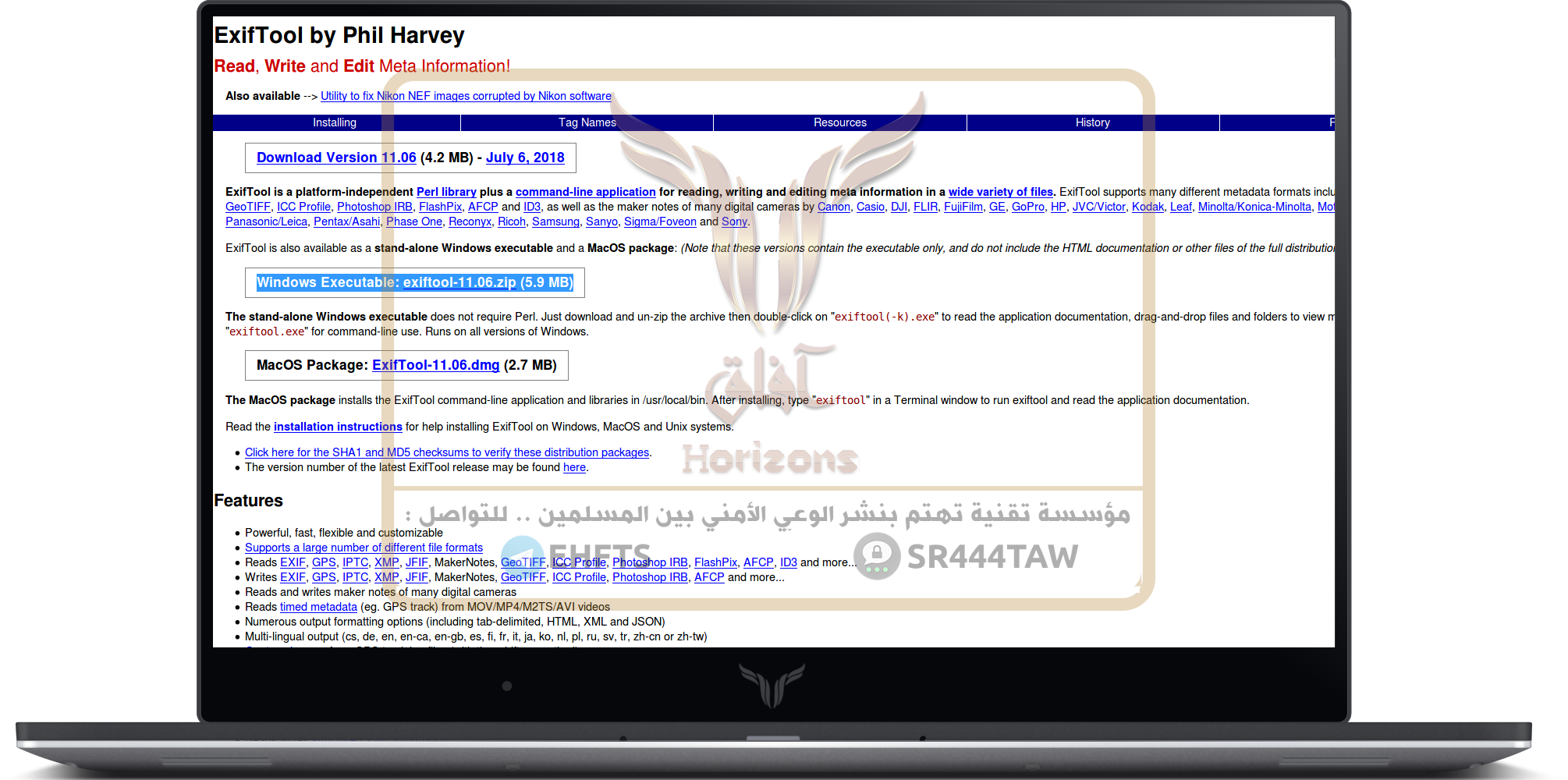
Customizable output: Customizable output options to choose which metadata to display. Command line interface: Command line interface for advanced users and automation. Batch processing: Ability to perform batch processing of metadata. Advanced features: Advanced features for experienced users including the ability to create custom tags and manipulate metadata. When you run the executable, it will list all available ExifTool commands for you to use. Browse to the directory where you've saved the ExifTool executable and run it. Press the Windows key and "R" at the same time and type cmd, then enter. But don't worry, it's really not that difficult to use the command line in Windows. Unfortunately this utility is command-line interface only. Does ExifTool have a GUI (graphical user interface)? ExifTool supports many different metadata formats including EXIF, GPS, IPTC, XMP, JFIF, GeoTIFF, ICC Profile, Photoshop IRB, FlashPix, AFCP and ID3, as well as the maker notes of many digital cameras by Canon, Casio, FLIR, FujiFilm, GE, HP, JVC/Victor, Kodak, Leaf, Minolta/Konica-Minolta, Nikon, Nintendo, Olympus/Epson, Panasonic/Leica, Pentax/Asahi, Phase One, Reconyx, Ricoh, Samsung, Sanyo, Sigma/Foveon and Sony. If you're using PowerShell, I believe you need to swap the double quotes for single quotes to prevent PS from assuming the dollar sign is the start of a variable.View and edit all aspects of EXIF data from JPG imagesĮxifTool is a platform-independent Perl library plus a command-line application for reading, writing and editing meta information in a wide variety of files. The quoting for this command assumes you're using CMD. 
In this case, any additional copies will have an UnderscoreNumber added to the filename.Įxiftool -d "%Y:%m:%d %H:%M:%S" -r -if "$FileModifyDate gt $DateTimeOriginal" -Filename=/path/to/modified/%f%+c.%e /path/to/source If you need to deal with filename collisions, you can add a copy number to any additional files by switching from -Directory to -Filename and adding some percent tokens which are detailed in the -w ( -TextOut) option.


2021:03:26 12:00:00, and that would cause FileModifyDate to be greater than DateTimeOriginal if the time stamps were otherwise identical. The -d ( -dateFormat) option is needed because the FileModifyDate will always include the time zone of the computer, e.g. If so, it will move it to /path/to/modified/ This checks the FileModifyDate to see if it is greater than (string comparison) the DateTimeOriginal. Exiftool -d "%Y:%m:%d %H:%M:%S" -r -if "$FileModifyDate gt $DateTimeOriginal" -directory=/path/to/modified/ /path/to/source







 0 kommentar(er)
0 kommentar(er)
